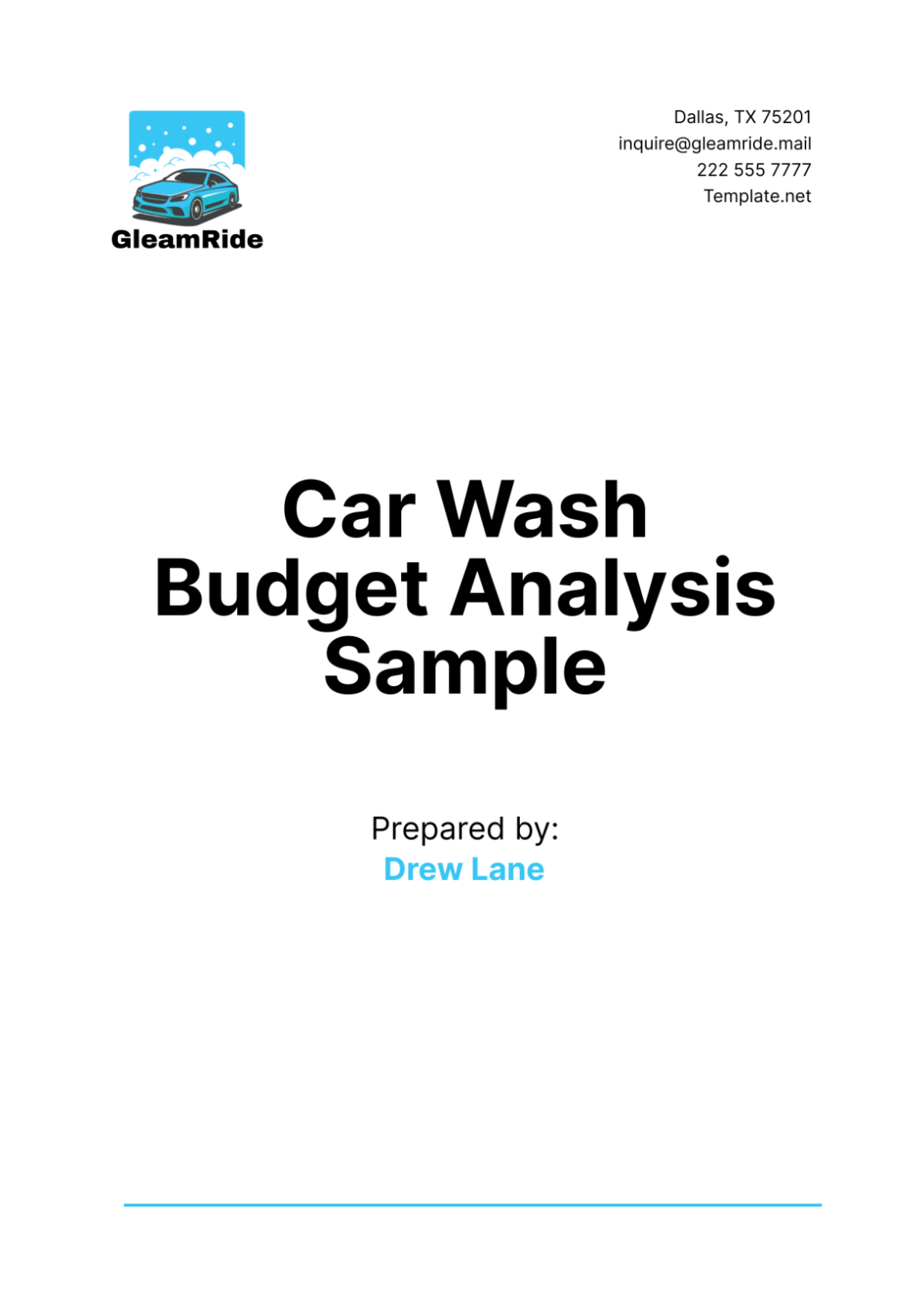Cost Comparison Analysis
Prepared By : | [Your Name] |
Company : | [Your Company Name] |
Department : | [YOUR DEPARTMENT] |
Address: | [Your Company Address] |
Email: | [Your Company Email] |
I. Executive Summary
The procurement team at [Your Company Name] conducted a cost comparison analysis to optimize raw material sourcing by assessing different suppliers' prices and expenses over six months. The study showed varying cost structures; although Supplier 1 had lower prices for some materials, Supplier 2 was more cost-effective overall. The team recommends further assessing quality and reliability to determine the best sourcing strategy for [Your Company Name].
II. Introduction
A. Background
The procurement team at [Your Company Name] is conducting a cost comparison analysis to optimize raw material sourcing strategies. The goal is to identify cost-effective suppliers while maintaining quality standards and ensuring supply chain resilience.
With global economic fluctuations and evolving market dynamics, it's imperative for [Your Company Name] to assess supplier costs to remain competitive in the industry regularly.
B. Scope
The analysis will focus on comparing the costs of key raw materials required for [Your Company Name]'s manufacturing processes.
Suppliers from various regions will be evaluated based on pricing, lead times, quality, and reliability.
Due to time constraints, the analysis will cover six months, from [Start Date] to [End Date], with the possibility of future updates to reflect changing market conditions.
III. Methodology
A. Data Collection
Supplier quotes, invoices, and historical purchasing data from the past six months will be gathered for analysis.
Data will also be supplemented with market research reports and industry benchmarks to ensure a comprehensive evaluation.
B. Cost Components
The analysis will consider the following cost components:
Unit price
Volume discounts
Shipping costs
Taxes and tariffs
Quality control expenses
Any other relevant expenses incurred during procurement.
IV. Cost Comparison
A. Supplier 1
[TABLE 1]: Detailed Cost Breakdown for Supplier 1
Item | Unit Price ($) | Quantity | Total Cost ($) |
|---|---|---|---|
Raw Material A | 10 | 1000 | 10000 |
Raw Material B | 15 | 800 | 12000 |
Shipping | 500 | - | 500 |
Taxes | 1000 | - | 1000 |
Total | - | - | 23500 |
B. Supplier 2
[TABLE 2]: Comparative Analysis of Costs for Supplier 2
Item | Unit Price ($) | Quantity | Total Cost ($) |
|---|---|---|---|
Raw Material A | 12 | 1000 | 12000 |
Raw Material B | 14 | 800 | 11200 |
Shipping | 600 | - | 600 |
Taxes | 1200 | - | 1200 |
Total | - | - | 26000 |
V. Findings
A. Cost Analysis Summary
The cost comparison analysis reveals that while Supplier 1 offers competitive prices for certain raw materials, Supplier 2 provides a more favorable overall cost structure, considering factors such as shipping and taxes.
Further analysis is needed to determine the optimal supplier(s) based on a comprehensive evaluation of quality, reliability, and total cost of ownership.
B. Cost Savings Opportunities
Opportunities for cost savings include negotiating volume discounts, optimizing shipping logistics, and exploring alternative sourcing options to mitigate tax expenses.
Recommendations will be provided in the conclusion section to capitalize on these opportunities and improve procurement efficiency.
VI. Conclusion
A. Key Takeaways
The cost comparison analysis highlights the importance of considering all cost components, beyond just unit prices, when evaluating supplier options.
Strategic procurement decisions should align with [Your Company Name]'s overarching goals of cost efficiency, quality assurance, and supply chain resilience.
B. Next Steps
Based on the analysis findings, the procurement team will collaborate with stakeholders to develop a strategic sourcing plan that balances cost considerations with quality and reliability requirements.
Regular monitoring and periodic reassessment of supplier costs will be essential to adapt to changing market conditions and maintain competitiveness.
VII. Appendices
A. Detailed Cost Tables
Include detailed tables or spreadsheets showing the cost breakdown for each supplier analyzed.
B. Supporting Documents
Attach any supporting documents, such as supplier quotes, invoices, or market research data, for reference.

















































